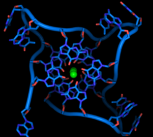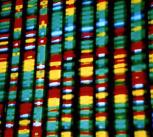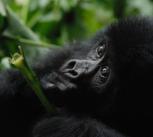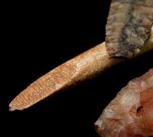Quadruple helix form of DNA may aid in the development of targeted cancer therapies
12 September 2016Researchers have identified the role that a four-stranded version of DNA may play in the role of cancer progression, and suggest that it may be used to develop new targeted cancer therapies.










